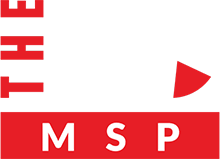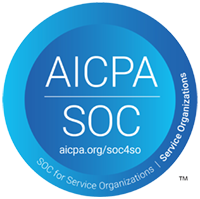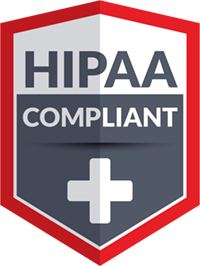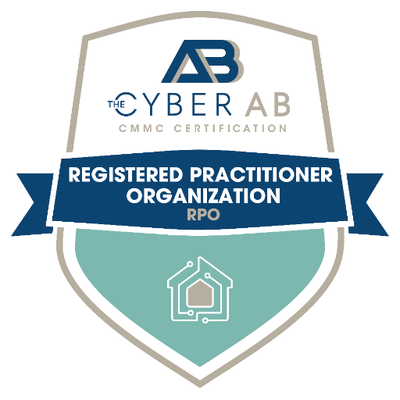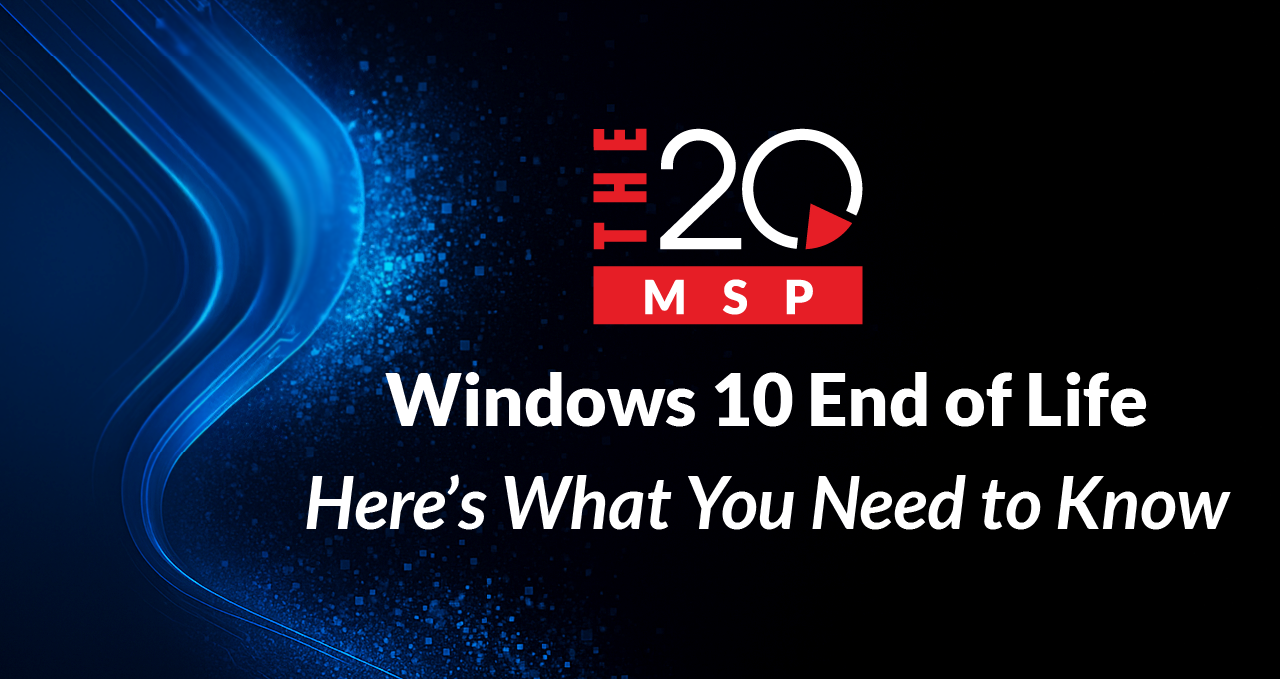
Windows 10 End of Life – Here’s What You Need to Know
Windows 10 reaches its End of Life (EoL) on October 14, 2025.
“Wait… that’s less than two months away!? What does this mean for my computers, my data, and my business?”
First: don’t panic. Your computers won’t suddenly stop working. While Windows 10’s EoL shouldn’t be ignored, chances are you won’t even notice it right away.
That said, it is important you understand what this means for your computers.
By the end of this blog, you’ll know exactly how EoL will affect your Windows 10 systems and what steps you can take to prepare.
What Does “End of Life” Mean?
End of Life is just the tech world’s overly dramatic way of saying “no longer supported.”
After October 14, 2025, Windows 10 will stop receiving:
- Security updates: patches that fix vulnerabilities and protect your systems.
- Non-security updates: improvements for performance and user experience.
- Live support: Microsoft customer support for Windows 10 issues.
Think of it like an expiration date for your operating system. You can keep using it after that date, but the longer you do, the more likely you are to run into security holes, performance issues, and compatibility problems.
Why We Urge You to Upgrade
You’ll still be able to use your computers after October 14th, but here’s why we highly recommend you upgrade:
Security risks: Without constant updates, potential vulnerabilities are never fixed. This means hackers have unlimited time to exploit possible vulnerabilities, leading to a significant increase in risk when running Windows 10. Upgrading before EoL keeps your systems in line with current security standards.
Performance: Microsoft continually improves its operating systems to meet current software and hardware demands. Without these updates, you will likely experience significant slowdowns and glitches over time.
Compatibility: Right now, plenty of software still supports Windows 10, but that won’t last. Developers who haven’t already will shift their focus to Windows 11, meaning future critical apps or updates might not work on older Windows 10 systems.
When You Might Delay Upgrading
This is a big might. Upgrading is important, but there are a few scenarios where you can wait a bit longer.
You run software that doesn’t yet work on Windows 11.
Some software either can’t run Windows 11 or needs time before it can. In these rare cases, it can make sense to delay your upgrade until compatibility is resolved.
Your computer is completely offline and will stay that way forever.
>Most cyberthreats come from the internet. If your system will never connect to the internet, you can avoid most security risks. But the second that system reconnects to the internet, you’re putting your computer – and your entire business – at risk.
Before delaying, talk to your IT team. Make sure the risks and benefits are carefully weighed before making the call.
The Extended Security Updates (ESU)
If you absolutely have to stick with Windows 10, Microsoft offers Extended Security Update program (ESU). This program provides critical security updates to Windows 10 systems beyond the October 14 EoL date.
That said, the cost doubles each year until its official end date of October 2028.
There’s also an option for individual users who want to extend support, though most businesses will handle ESU through their IT provider.
How Do You Upgrade?
You’ve got a few upgrade options to choose from:
1. Free In-System Upgrade
You may have already seen the prompts: “Upgrade to Windows 11 is ready – and it’s free!” This is the easiest and cheapest route.
Microsoft will scan your system to make sure it’s compatible with Windows 11 and, if it passes, upgrade your PC at no cost. Make sure that before you update, you back up your data and coordinate with your IT team as the process temporarily disables your computer.
If you haven’t been prompted, you can manually upgrade:
- Go to: Settings > Update & Security > Windows Update.
- Click “Check for updates.”
- If Windows 11 is available, select Download and Install and follow the prompt.
2. Upgrade Your Computer Hardware
If your PC isn’t compatible due to RAM, storage, or CPU limitations, work with your IT team to upgrade the necessary components.
3. Purchase a New Windows 11 Computer
Some older PCs aren’t worth upgrading. Either they’re simply too old, or the replacement parts are too expensive to be worth it. In those cases, buying a new Windows 11 system is often the smarter investment. Consult your IT team to decide which version (Home or Pro) best fits your business.
Don’t Forget IoT Devices
IoT devices are a slightly different story. That’s because they run Windows 10 Enterprise, which has a slightly different EoL timeline. Some may still get updates after October 14 – some won’t.
Check with your IT team or MSP to identify which IoT devices need extended support or upgrades. It’s easy to overlook them, but they’re just as important to keep secure.
How an MSP Can Help
If this is the first time you’re hearing about Windows 10 EoL, you might be a little shocked. October 14th is coming up fast, and updating all your Windows 10 systems takes time and planning.
That’s why working with an MSP is so important. A good MSP keeps their clients in the loop about important tech dates – like Windows 10’s EoL – and helps them prepare. Whether it’s upgrading your current systems, replacing outdated ones, or a mix of both, a good MSP will make sure you’re not left in the dark.
At The 20 MSP, we’ll even help support older Windows 10 systems if they are absolutely critical to your business.
If you’re looking for an MSP who has you covered – we’ve got you.
Want more tips like this?
Subscribe using the form on the right and get our latest cybersecurity insights delivered straight to your inbox.
About The 20 MSP
As a leading provider of managed IT services, The 20 MSP serves thousands of businesses nationwide, including single and multi-location organizations, delivering white-glove service, secure and streamlined IT infrastructure, and 24/7/365 support. We believe in building lasting relationships with clients founded on trust, communication, and the delivery of high-value services for a fair and predictable price. Our client’s success is our success, and we are committed to helping each and every organization we serve leverage technology to secure a competitive advantage and achieve new growth.
